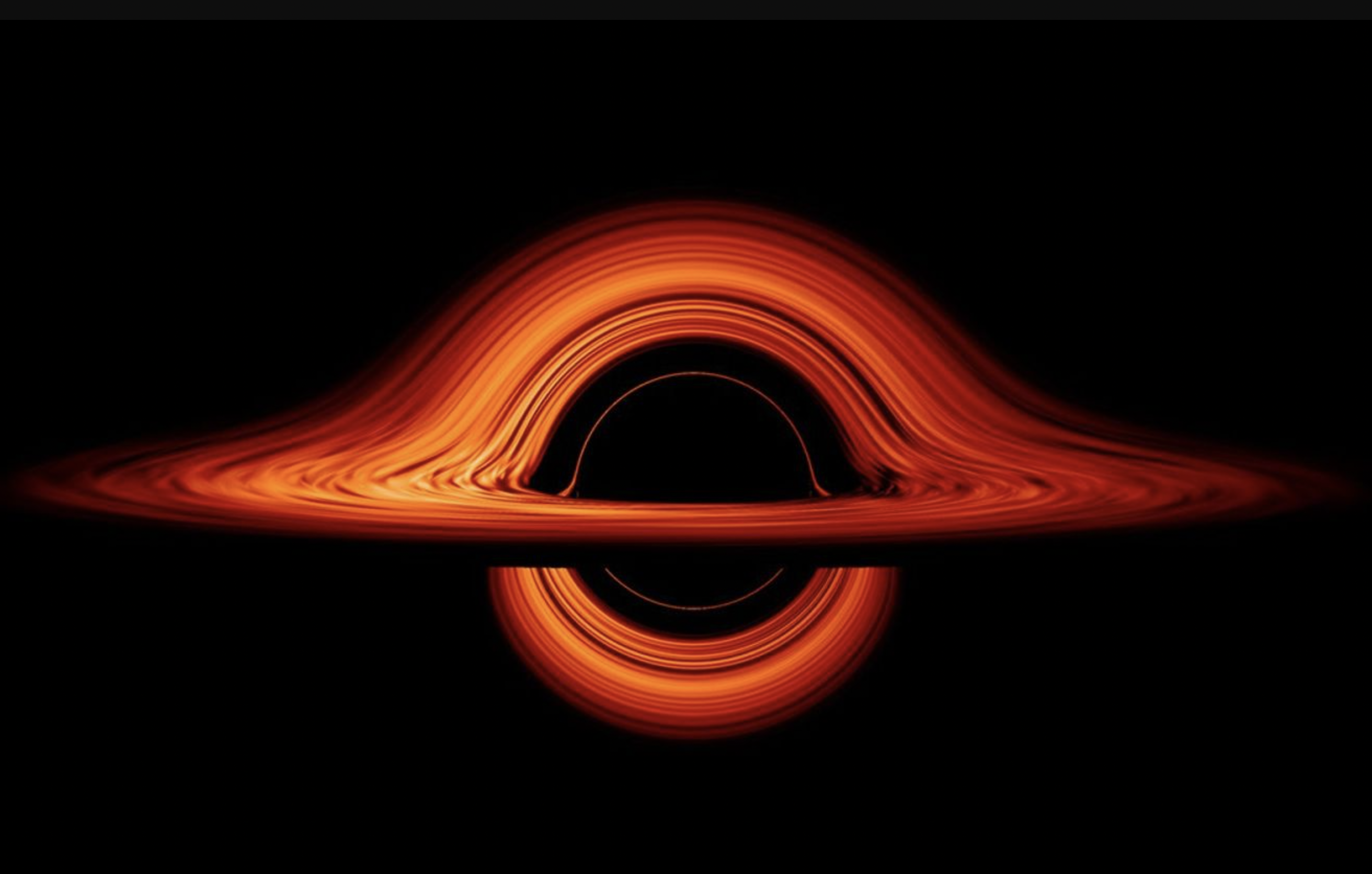Imagine being pulled into a cosmic….

Category
InfosImagine being pulled into a cosmic whirlpool so powerful that even light cannot escape its grasp!
Black holes stand as one of astronomy’s most compelling subjects, embodying the extremes of physical laws and challenging our understanding of the universe. These mysterious objects have intrigued scientists and the public alike, prompting investigations that peel back the layers of their dark and unreachable cores.
Formation and Types of Black Holes
Most black holes form from the remnants of large stars that explode as supernovae at the end of their life cycles. However, these are just one type of black hole—the stellar black holes. Stellar black holes typically have masses up to 20 times that of the Sun but are incredibly dense, with diameters of only about 10 miles.
Beyond stellar black holes, the universe houses even more massive counterparts known as supermassive black holes. These giants reside at the centers of nearly all known massive galaxies, including our own Milky Way. Supermassive black holes have masses that are millions to billions of times that of the Sun. Astronomers believe these may form through the collapse of enormous gas clouds during the galaxy formation era, or from the mergers of hundreds or thousands of smaller black holes.
Intermediate-mass black holes fill the gap between stellar and supermassive black holes, though they are the least understood and hardest to detect. They might form through the collision and amalgamation of stars in dense star clusters.
The Perilous Allure of Black Holes
Black holes are far from cosmic vacuum cleaners randomly engulfing stars and planets. Their gravitational influence significantly affects their immediate surroundings. In systems where a black hole is partnered with a star, the black hole can strip material from its companion. This material accumulates in an accretion disk around the black hole, heating up through friction and releasing X-rays — a telltale sign of the black hole’s presence.
Moreover, when matter falls into a black hole, it releases a tremendous amount of energy, making these regions some of the brightest in the universe in the X-ray and gamma-ray spectra. This paradoxical brightness from an object that traps light is one of the many contradictions posed by black holes.
Charlotte Claret 2-5


